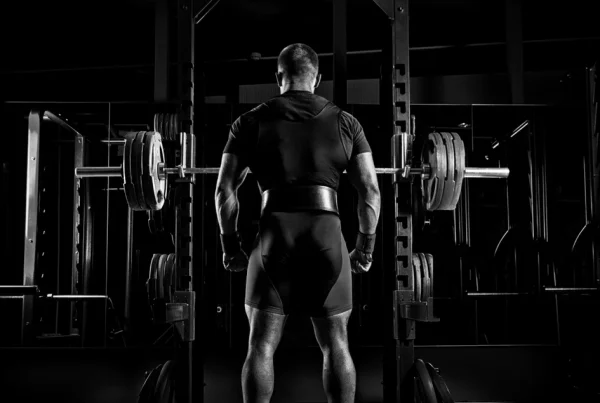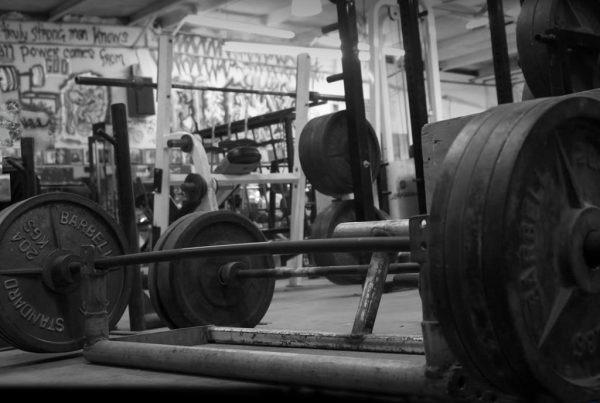A hot topic in the strength training world and the topic of my thesis is autoregulated training. We all have days in the gym where we feel like we could break PRs, and days where we’d rather not be in the gym. The essence of autoregulation is customising your training to how your body performs on a given day. If you are having a bad day, training load (weight on the bar) and/or volume (sets x reps x load) will be adjusted downwards, and vice versa for if you are having a good day.
Why autoregulation could be a way of optimising progression
Typical structured programmes involve plugging in a one-rep-max value into a formula and having it spit out training weights for you to follow for 2-3 months before re-testing. While this is a better way to train than programmes with no structure, there may be a more efficient, fine-tuned way of doing things long term.
Day to day fluctuations in strength due to fatigue and improving strength levels may affect the accuracy of prescribing training based on a one-off maximal value. Within a single day, strength can vary 10-20%, resulting in a variable amount of repetitions when using a fixed percentage of 1RM (3). Some training days may not provide enough stimuli for optimal adaptation, whereas others may provide too much stimulus resulting in fatigue that is not desirable for a particular stage of the training phase. The potential for strength gain in some individuals may be greater than a traditional programme can facilitate, as such a method of incorporating some form of autoregulation may allow rapid gains. These reasons justify autoregulation as a tool within programming as it allows an individual to increase strength at their own pace (4). Also, autoregulated programmes often result in a constant adjustment of repetitions which may prevent training plateaus (1).
Most studies on autoregulated strength training have been carried out on participants under rehabilitation therapy. There are a couple (1,2) that used a form of autoregulation on strength gain and found it to be superior than non-autoregulation within a periodised routine. More research needs to be done on autoregulation and maximal strength gain, as theoretically and anecdotally it appears effective. Another important aspect to mention is enjoyment. Long term progress is largely dictated by adherence, which is affected by enjoyment. If you find autoregulated programming more enjoyable, you may find it easier to stick to the structure of the plan long term and make better gains.
How to structure autoregulation into your training
There are multiple ways to do this. The most common method is that described by Michael Tuchscherer (right) on http://www.reactivetrainingsystems.com/. Basically, you rate the difficulty of each set on a rating of perceived exertion (RPE) scale of ~5-10 as illustrated below.
Maybe you are in a scenario where you’ve been on a programme, progressing well, and you’re doing 5 sets of 5 with some weight which you could do 10 reps with if you really tried. Obviously it’s good that you’re progressing, but you may be able to progress faster AND have more fun with your training. This is how you could autoregulate things for a 5×5:
Aim for the first working set to be around RPE 7 (ie could have done 8 reps with that weight to failure). If you are having a great day, you might be able to do 5-10kg more than last week. Based on how difficult the set was, you adjust the weight up, down, or keep it the same for the next set. More often than not, with the main lifts (squat/bench/dead/row etc) you want to have one or two more reps left in the bank before you cease the set, due to the fatigue they can cause & the volume impeding properties of training to failure (refer back to previous articles). Keeping the RPE slightly shy from failure allows you to perform more volume, and the reps that you do perform will be with better form – essential for powerlifting and for injury prevention. So a suitable aim would be training to 5 sets of 5 at an RPE that averages around 8 across the sets.
The week after that you could do 5×5 at RPE 8 again. Perhaps this week you were getting sick or had elevated stress levels from every day life, affecting performance. Instead of attempting to progress from last weeks session and attempting a weight which you knew you would fail, it may be a time to tone things back a bit and still perform clean, effective reps. This is the usefulness of autoregulation: it individualises each day of training by day to day performance shifts.
There are so many ways of autoregulating training, this was just an example. It can take a bit of time to get used to accurately predicting how many reps you could do with a given weight, but it may be worth it long term. Ultimately, find whatever training structure you enjoy, and stick with it. Remember whatever allows you to increase volume over time most efficiently is what will give you the most gains.
Article by Jeremy Fraser of Catalyst Strength & Physique Coaching
References
- (1) Mann, J. B., Thyfault, J. P., Ivey, P. A., & Sayers, S. P. (2010). The effect of autoregulatory progressive resistance exercise vs. linear periodization on strength improvement in college athletes. The Journal of Strength & Conditioning Research, 24(7), 1718-1723.
- (2) McNamara, J. M., & Stearne, D. J. (2010). Flexible nonlinear periodization in a beginner college weight training class. The Journal of Strength & Conditioning Research, 24(8), 2012-2017.
- (3) Poliquin, C. (1988). Football: Five steps to increasing the effectiveness of your strength training program. Strength & Conditioning Journal, 10(3), 34-39.
- (4) Siff, M. C. (2000). Supertraining. Denver, CO; Supertaining Institute.




